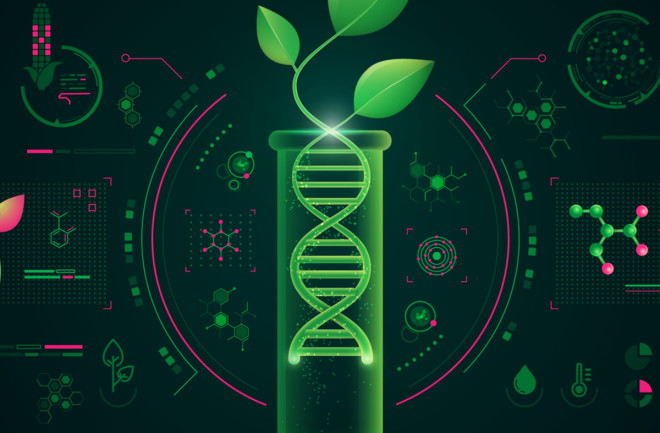In a sense, all life as we have known it boils down to four letters: G, C, A and T. Organized in unique patterns and repetition, these nucleotides (guanine, cytosine, adenine and thymine) form all DNA. But, imagine if it wasn’t limited to four characters.
“What if the genetic alphabet had more letters? Would life with more letters be able to tell different stories, maybe even more interesting ones?” Floyd R. Romsberg asked on a TED stage 2018. The biotechnician at the Scripps Research Institute is among a growing group of people asking these types of questions while the cost of gene synthesis plummets.

